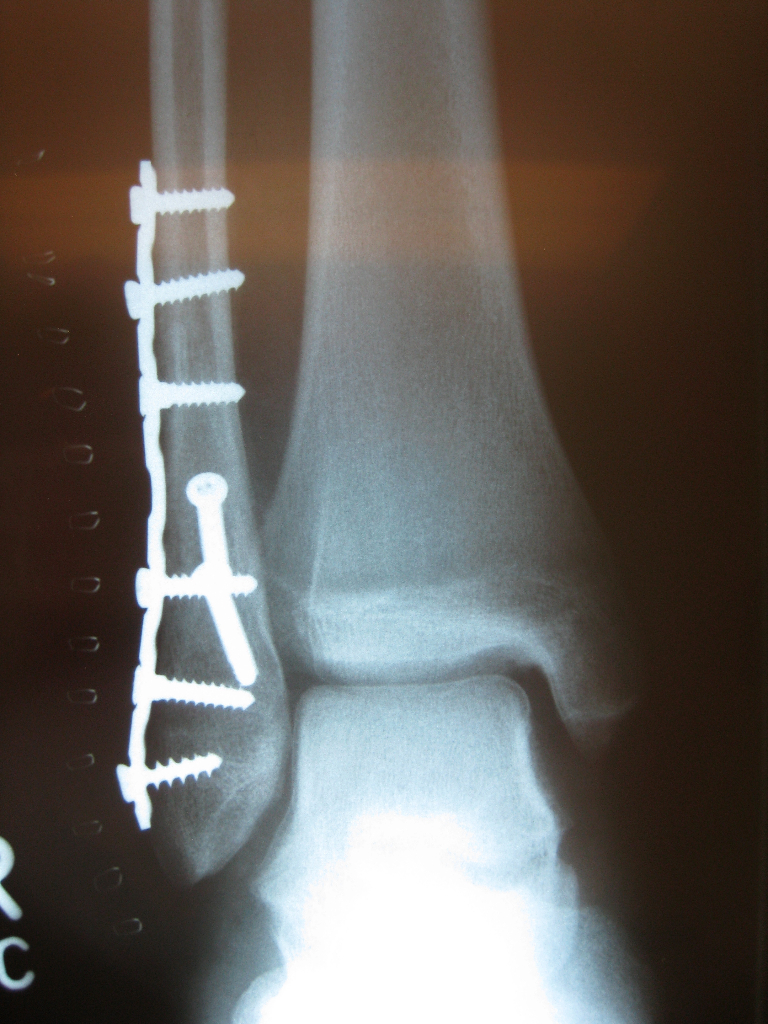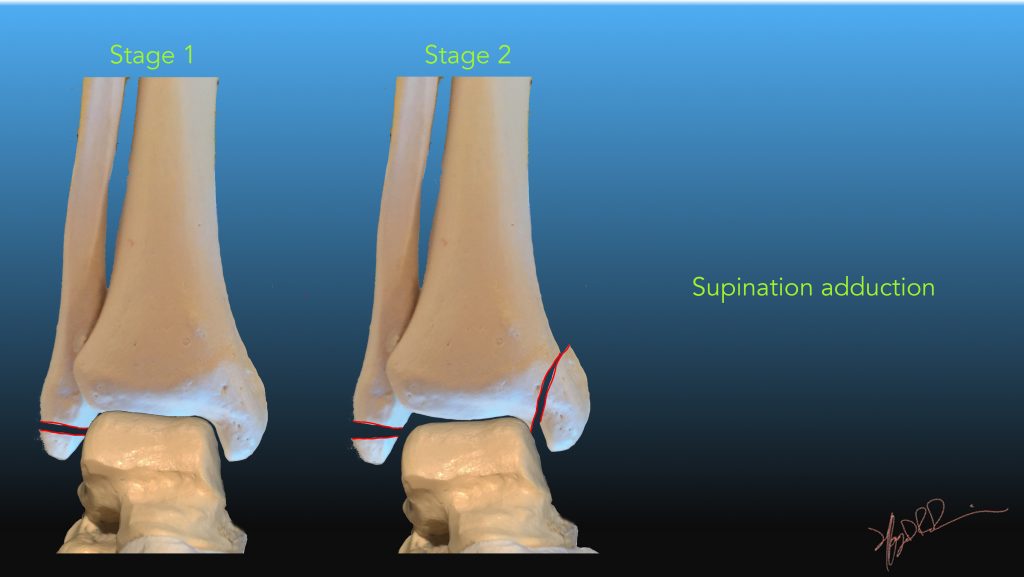
Examples include the Danis-Weber classification which identifies the level of injury and the Lauge-Hansen classification which is based on the mechanism of the injury which have predictable patterns and imaging findings.Ĭomplications of ankle fractures can include reduced range of motion at the ankle and foot joints, as a result of peri-articular and intra-articular adhesions or disruption of articular surfaces.

Several classifications exist and are used to determine the severity of injury and management. Ottawa rules provide clinicians with a tool to decide whether the joint should be imaged or not. Sometimes, the screw or rod in the bone might be used to just hold the bone fragments in place while they heal.Ankle fractures are most commonly diagnosed through clinical examination and x-ray. They are held in place with special rods, screws, or metal plates attached to the outside of the bone. During the procedure, the bone fragments are repositioned into normal alignment. If the ankle is unstable or the bones are out of place, the fracture may need to be treated with surgery. Some may recommend holding out for six weeks. Some doctors allow patients to immediately walk on the affected leg. While it heals, support may be rendered by wearing a high-top tennis shoe, or a short leg cast. Non-surgical treatment when the ankle is stable can consist of several supportive elements. A lateral malleolus fracture can be managed with self-care by elevation, rest, ice, and anti-inflammatory medications. If the broken bone is stable and not dislocated, treatment may just consist of palliative care and immobilization. Treatment depends on the fracture location. Lateral Malleolus Fracture TreatmentĪ lateral malleolus fracture can happen at several different levels. Proper intervention is vital in preserving the function of the ankle for the future. This can also lead to arthritis, ankle instability, and perhaps even an ankle joint replacement. The ankle joint is very important when it comes to walking and stability.Īn improperly done surgery can lead to a line of extensive treatment, including corrective surgeries. If they do, the appropriate specialist must begin treatment soon. There are very many types of ankle fractures, but not all of them need surgery. If imaging comes back and you have an ankle fracture, an orthopedic should be contacted as soon as possible.
Ankle fracture full#
These give more information of what the full scope of the injury is. Other types of imaging used to determine the injury level include MRI or CT scans. Ankle sprains and fractures often have the same symptoms. Lateral Malleolus Fracture Diagnosisĭoctors initially use X-rays to find out if there is a broken bone instead of an injury of the soft tissue like an ankle sprain. Deformity of the ankle, especially if dislocatedīecause a broken ankle could also have the same symptoms as a severe ankle sprain, though, all ankle injuries should be checked by a doctor.It can also be tender to the touch and make walking or weight-bearing difficult and painful.Ĭommon symptoms for those suffering from a fracture include: Lateral malleolus fractures can cause several different types of symptoms.

A bone can also break because of continuous stress to one area over time. Causes of lateral malleolar fractures include:īreaks that happen suddenly, or during a specific injury or incident are called traumatic ankle fractures. There are three different levels at which the fibula. What Is a Lateral Malleolus Fracture?Ī fracture of the fibula just above the ankle joint is called a lateral malleolus fracture. The job of the ligaments is to hold the ankle joint and bones in the correct position. Some soft tissue, called ligaments, may be damaged as well. The more bones are broken, the less stable the ankle becomes. Many fractures can force your ankle out of alignment and force you not to place weight on it for months. A fracture can be caused by a fall, a blow to the ankle, or twisting of the foot or ankle.Īn ankle that is fractured can consist of a simple break of one bone or several fractures. When part of this bone fractures, the ankle can become unstable. The lateral malleolus is at the end of the fibula, a smaller bone in the leg. The bumpy knob that is broken in such cases is called the lateral malleolus. Posterior malleolus - the back part of the tibiaĪ fracture on the outside of the ankle, the lowest part of the fibula, is the most common site of such an injury.


A lateral malleolus fracture is a type of ankle fracture that occurs when the fibula fractures just above the ankle joint. The lateral malleolus is the bone on the outside of the fibula.


 0 kommentar(er)
0 kommentar(er)
